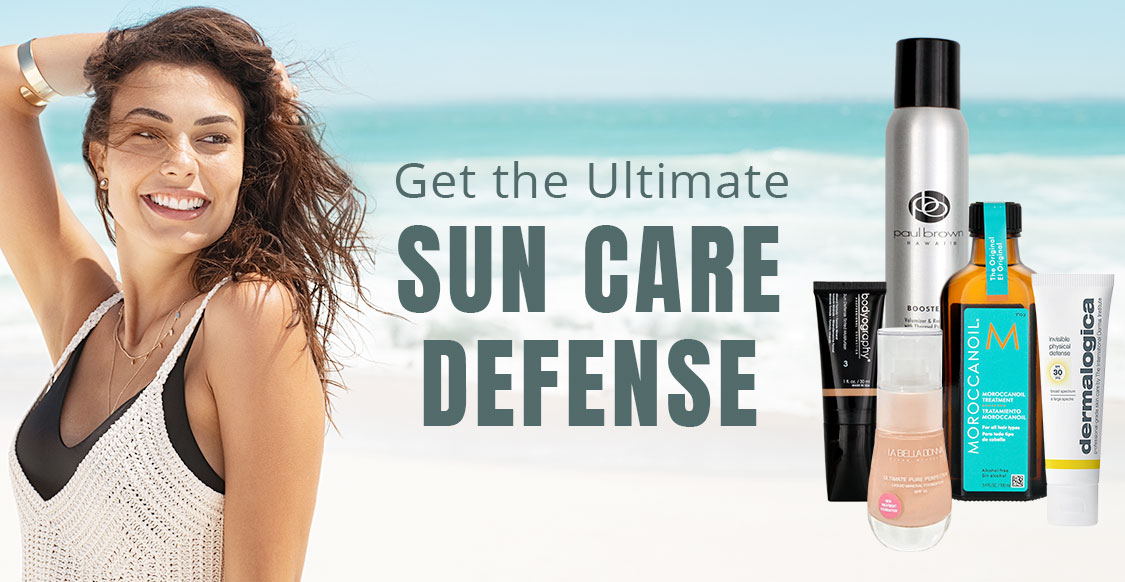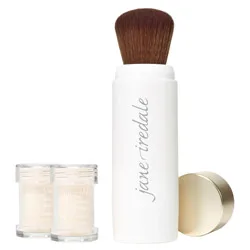Protect Your Skin
I'm sure you've been told that there are different types of sun protection, physical and chemical, but what is the difference between the two? Is one better than the other?

Chemical Sunscreen
Chemical sunscreen absorbs into the skin and then absorbs UV rays, converts the rays into heat, and releases them from the body. When would you choose chemical sunscreen? Chemical sunscreens are great for long relaxing beach days. This type of sunscreen is water-resistant and will withstand sweat as well. Chemical sunscreens also absorb into the skin quickly, but for those with sensitive skin and those who are worried about possible ill effects of chemical exposure, a physical sunblock may be a better option. The ingredients in chemical sunscreen include avobenzone, octinoxate, and oxybenzone. Chemical sunscreen can also be worn with other skincare products and is lightweight enough to wear with cosmetics.

Physical Sunblock
Now that you're an expert on Chemical Sunscreens, what about Physical Sunblock? This is called a sunblock rather than sunscreen because sunblock reflects the sun's rays. So it creates a barrier between the skin and the sun's ultraviolet rays. Sunblock provides broad-spectrum sun protection from both UVA and UVB rays. This will protect skin immediately prior to application, is not as irritating for sensitive skin, and is less likely to clog pores for those with acne-prone skin. The minerals titanium dioxide and zinc oxide are the main active ingredients in physical blocks.

How should your sun protection be applied?
To prevent sun damage, sunblock or sunscreen needs to be applied and reapplied correctly. Chemical sunscreen and physical sunblock have unique application methods that need to be followed. In most cases, you will find specific directions for proper application and reapplication, and you should always follow these instructions.
Chemical Sunscreen Application & Reapplication
In order to absorb into the skin and properly protect against the sun, chemical sunscreen needs to be applied about 15 to 20 minutes before exposure. While chemical sunscreen last longer, to ensure efficacy, you should still reapply frequently, every two to three hours.
Physical Sunblock Application & Reapplication
Immediately after sunblock application, your skin is protected from sun damage, so you can go outside right away. You need to apply enough product to ensure you have an even coat of protectant over the skin. People typically don't apply enough sunscreen. Every person is different, but about an ounce, or a shot glass full, of sunblock, should be adequate. Because physical sunblock is more likely to be wiped or sweated off, you'll need to apply this product more frequently. At the very least, reapply sunblock every two hours.
There's no doubt that sunscreen is essential. Not only does SPF protect against the sun's harmful rays, but it's also one of the best antiaging products you can buy. However, when it comes to the question of whether physical or chemical formulas are better, the answer isn't quite as clear. So wear your sun protection, and keep your skin healthy with Beauty Care Choices!


 write a review
write a review



